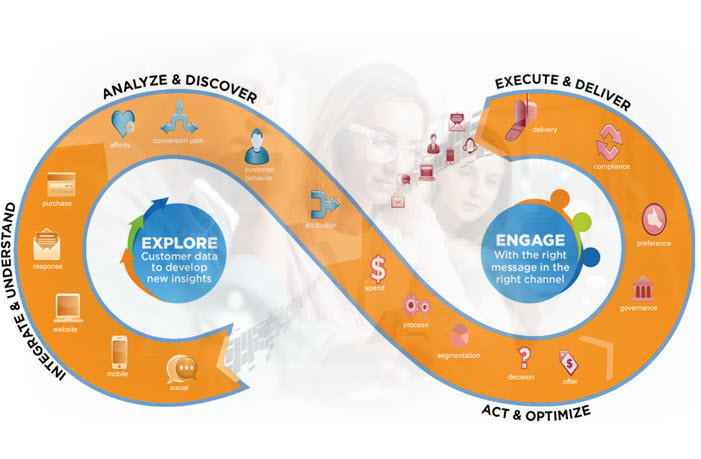
Data-driven ways to build a customer-centric culture
Last updated: January 11, 2023 Read in fullscreen view
- 21 Apr 2021
 Most frequently asked questions about Odoo ERP 1066
Most frequently asked questions about Odoo ERP 1066 - 20 Oct 2022
 Odoo roadmap for beginners and small businesses 913
Odoo roadmap for beginners and small businesses 913 - 16 Jun 2022
 Rapid Application Development (RAD): Pros and Cons 759
Rapid Application Development (RAD): Pros and Cons 759 - 23 Aug 2022
 How to Create Qweb Report in Odoo 16? 757
How to Create Qweb Report in Odoo 16? 757 - 01 May 2023
 Understanding Business as Usual (BAU) and How to Transition 692
Understanding Business as Usual (BAU) and How to Transition 692 - 10 Aug 2021
 Build A Marketplace Website with Odoo ecommerce 686
Build A Marketplace Website with Odoo ecommerce 686 - 29 Nov 2019
 Odoo Website Builder Allows You to Make Your Own Website 626
Odoo Website Builder Allows You to Make Your Own Website 626 - 20 Jan 2021
 Fail early, fail often, fail cheap, fail safe but always fail forward 614
Fail early, fail often, fail cheap, fail safe but always fail forward 614 - 18 May 2022
 Odoo Employee Contract Portal Self Service 591
Odoo Employee Contract Portal Self Service 591 - 10 Apr 2022
 Odoo Dealership Management 499
Odoo Dealership Management 499 - 21 Jun 2021
 6 Useful Tips To Streamline Business Processes and Workflows 476
6 Useful Tips To Streamline Business Processes and Workflows 476 - 01 Jan 2023
 Senior Odoo Business Developer - Job Detail 462
Senior Odoo Business Developer - Job Detail 462 - 08 Aug 2022
 Scale-up! The ultimate business game to learn business operations before you get started 443
Scale-up! The ultimate business game to learn business operations before you get started 443 - 25 Dec 2021
 Compare Odoo Studio vs QuickBase vs OutSystems 417
Compare Odoo Studio vs QuickBase vs OutSystems 417 - 20 Jan 2022
 TIGO Self-Organization Practice: Change Management Workflow 386
TIGO Self-Organization Practice: Change Management Workflow 386 - 10 Feb 2022
 Odoo Implementation - Basics of the QuickStart Methodology 353
Odoo Implementation - Basics of the QuickStart Methodology 353 - 14 Dec 2021
 Odoo - the Right Software for Your Digital Transformation? 344
Odoo - the Right Software for Your Digital Transformation? 344 - 17 Feb 2022
 10 services of Odoo Development for streamlining your business 341
10 services of Odoo Development for streamlining your business 341 - 11 Nov 2021
 What is an IT Self-service Portal? Why is it Important to Your Business? 330
What is an IT Self-service Portal? Why is it Important to Your Business? 330 - 13 Feb 2021
 Why is TIGOSOFT a software house for Enterprise Application Development? 325
Why is TIGOSOFT a software house for Enterprise Application Development? 325 - 09 Nov 2021
 Frequently Asked Questions about Odoo 310
Frequently Asked Questions about Odoo 310 - 01 Nov 2023
 Unlocking the power of Odoo 17 - What are the new and improved features? 302
Unlocking the power of Odoo 17 - What are the new and improved features? 302 - 03 Nov 2021
 7 phases of Odoo Implementation and Development: Can they be outsourced? 300
7 phases of Odoo Implementation and Development: Can they be outsourced? 300 - 08 Aug 2021
 XERO vs ODOO: Which fits your needs? 295
XERO vs ODOO: Which fits your needs? 295 - 03 Apr 2021
 How digital asset management streamlines your content workflow? 288
How digital asset management streamlines your content workflow? 288 - 08 Aug 2022
 Difference between Power BI and Datazen 280
Difference between Power BI and Datazen 280 - 10 Feb 2022
 Odoo Implementation Services - Let Us Be the Icing 280
Odoo Implementation Services - Let Us Be the Icing 280 - 05 Oct 2021
 Shiny Object Syndrome: Why Your Business Isn't "Going Digital" 270
Shiny Object Syndrome: Why Your Business Isn't "Going Digital" 270 - 01 Oct 2022
 Odoo 16 will Disrupt The ERP Mid-Market with stunning features 266
Odoo 16 will Disrupt The ERP Mid-Market with stunning features 266 - 02 Nov 2021
 [Case Study] Streamlined Data Reporting using Tableau 264
[Case Study] Streamlined Data Reporting using Tableau 264 - 18 Mar 2020
 Automate Recruitment with Odoo: Work smarter, not harder 264
Automate Recruitment with Odoo: Work smarter, not harder 264 - 19 Jan 2022
 TIGODOO - The leading player in the digital transformation market 256
TIGODOO - The leading player in the digital transformation market 256 - 11 Sep 2022
 Odoo - a product-market fit for a radical and meaningful transformation of SMEs in Japan 251
Odoo - a product-market fit for a radical and meaningful transformation of SMEs in Japan 251 - 19 Oct 2021
 The Workplace of the Future: Gamification to Encourage and Reward Employees 247
The Workplace of the Future: Gamification to Encourage and Reward Employees 247 - 12 Oct 2022
 Why is ODOO end-to-end business management software? 247
Why is ODOO end-to-end business management software? 247 - 25 Jul 2022
 Govern your Business with Odoo - One Solution To Many Challenges 242
Govern your Business with Odoo - One Solution To Many Challenges 242 - 08 Nov 2022
 Considerations in revolutionizing your business with Odoo 238
Considerations in revolutionizing your business with Odoo 238 - 08 Nov 2021
 Why Odoo is considered best for streamlining your business? 238
Why Odoo is considered best for streamlining your business? 238 - 03 May 2024
 The Iceberg of Ignorance 233
The Iceberg of Ignorance 233 - 07 Nov 2022
 The Future of Odoo Consulting 223
The Future of Odoo Consulting 223 - 02 Oct 2022
 Odoo: The Disruptor of Traditional ERP in the Age of AI and Blockchain 221
Odoo: The Disruptor of Traditional ERP in the Age of AI and Blockchain 221 - 07 Feb 2023
 Odoo Consulting Services in Vietnam 214
Odoo Consulting Services in Vietnam 214 - 19 Apr 2023
 A Deep Dive into Odoo: Benefits, Drawbacks, Strategic Fit, and Investment Models 192
A Deep Dive into Odoo: Benefits, Drawbacks, Strategic Fit, and Investment Models 192 - 02 Dec 2022
 Success Story: Satsuki - Sales Management Software, back office app for School Subscription Management 192
Success Story: Satsuki - Sales Management Software, back office app for School Subscription Management 192 - 09 Apr 2022
 Comparing Features for Odoo ERP with ERPNext 183
Comparing Features for Odoo ERP with ERPNext 183 - 03 Sep 2022
 The secret of software success: Simplicity is the ultimate sophistication 177
The secret of software success: Simplicity is the ultimate sophistication 177 - 06 Nov 2023
 How do you streamline requirement analysis and modeling? 160
How do you streamline requirement analysis and modeling? 160 - 19 Sep 2022
 Comparison between Odoo and SAP: It doesn't matter whether a cat is black or white, as long as it catches mice 158
Comparison between Odoo and SAP: It doesn't matter whether a cat is black or white, as long as it catches mice 158 - 16 Mar 2022
 Digital Transformation With Odoo: an ERP made for you as SME and grow with you? 149
Digital Transformation With Odoo: an ERP made for you as SME and grow with you? 149 - 01 Jan 2024
 The pros and cons of the Centralized Enterprise Automation Operating model 142
The pros and cons of the Centralized Enterprise Automation Operating model 142 - 08 Aug 2022
 Why is Odoo growing faster than other ERP software systems? 138
Why is Odoo growing faster than other ERP software systems? 138 - 01 Feb 2024
 Employee Attendance Using Camer AI 137
Employee Attendance Using Camer AI 137 - 01 Mar 2024
 Odoo Ecosystem - ALL-IN-ONE BUSINESS MANAGEMENT SOFTWARE 116
Odoo Ecosystem - ALL-IN-ONE BUSINESS MANAGEMENT SOFTWARE 116 - 04 Apr 2023
 Odoo: A Re-Birth for Enterprise Software 114
Odoo: A Re-Birth for Enterprise Software 114 - 03 Apr 2023
 Odoo ERP - "Swiss army knife" approach for all business solutions 112
Odoo ERP - "Swiss army knife" approach for all business solutions 112 - 28 Jul 2025
 Data Modernization for SMBs: Small Steps, Big Impact 76
Data Modernization for SMBs: Small Steps, Big Impact 76 - 18 Mar 2025
 Odoo HRMS Software for Efficient HR Management in Dubai Businesses 75
Odoo HRMS Software for Efficient HR Management in Dubai Businesses 75 - 01 Apr 2025
 How to Manage Social Media Marketing with Odoo 73
How to Manage Social Media Marketing with Odoo 73 - 15 Jul 2025
 Steps to Successful Odoo Implementation 57
Steps to Successful Odoo Implementation 57 - 01 Jan 2024
 Odoo: The Small Business Game-Changer — Cost Savings and Enhanced Productivity 48
Odoo: The Small Business Game-Changer — Cost Savings and Enhanced Productivity 48 - 09 Apr 2025
 Odoo Migration Best Practices: A Complete Guide to Upgrading Your ERP System 30
Odoo Migration Best Practices: A Complete Guide to Upgrading Your ERP System 30
Client-centricity is the most important factor in a successful business digitalization, since client-centric companies are 60% more profitable compared to companies not focused on the customer.
-- Deloitte
Read also: 75+ Inspirational Quotes on Customer Centricity
What is client-centric?
Being Client-centric is about focusing your business strategy to provide a positive experience and build a long-term relationship.
Putting your customer experience at the core of your business, and implementing a Customer Relationship Management (CRM) to collect data you'll have a full 360 degrees view of the customer.
This data is critical to enhance your customer’s experience.
How to build your Client centricity strategy?
- You need a Customer focused Leadership
- Your Leadership must Empower the front line
- You need Technology to Collect Metrics that matter
If you are successful on this,
- You'll be able to understand behavior, interests and engagement of your customers.
- You'll be able to identify opportunities to personalize products and services for your very important customers
- You'll be able to use your Customer Lifetime Value to segment them based on top clients.
What are main challenges of becoming a client-centric organization?
The experience tells that companies struggling to become a customer-centric organization are:
- Unable to share customer information across departments
- They have not an aligned culture around the customer’s needs.
Are you struggling with these challenges?
- Functional silos prevent data sharing
- Culture misalignment around the customer needs
- Key technology managing data is missing
- Support without the right tools and information to manage issues
- Insufficient expertise in data analytics
Here below you'll find 3 actions to get started overcoming these challenges.
Hire with Customer Success as priority.
Employees being the front-facing workforce will build the relationship with your customers.
Focus on hiring talent that can be aligned with your business culture, independently the role.
Share customer data across your organization
A centralized access to customer data and insights is required.
A CRM will give your team a better understanding of customers to deliver the best of the experiences.
Connect customer outcomes to measurable indicators.
1. Net Promoter Score (NPS)
Have you implemented a way to measure customer happiness?
If not, you need to uncover customer loyalty by asking only one, simple question: how likely is your customer to recommend you to a friend or colleague.
In a score from 1 to 10 , customers rating your company with a 9 or 10 (Promoters) will have a high Customer Lifetime Value. The number of Promoters is a key indicator of the health of your business.
2. Churn rate
This is a good indicator that you are doing great, everybody knows that acquiring new customers is difficult.
Investing and obtaining results in keeping existing customers instead of trying to find new ones it’s a great deal.
Acquiring new customers can cost up to 5x more than keeping existing customers. A 2% increase in customer retention has the same effect on profits as cutting costs by 10%.
3. Customer lifetime value (CLV)
The most valuable asset for a business is their customer base and the approach to estimate the "health" of the relationship is named Customer Lifetime Value (CLV).
CLV measures the amount of revenue a customer contributes to your business for as long as they are a paying customer. It starts with their first purchase and ends when they stop doing business with you. You need to carefully track that.
Your Take-away...
The change towards becoming a properly customer-centric company is a long and complex journey but note that small changes can have remarkable benefits for both the company and your customer.
Customer data must be shared across your organization, a CRM software is essential for this.
Minimize customer effort and maximize customer value are main objectives.
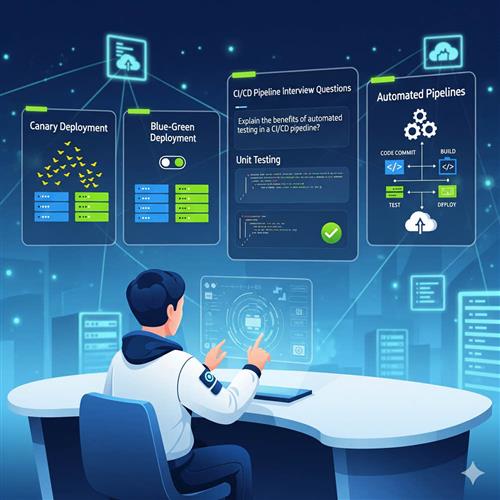
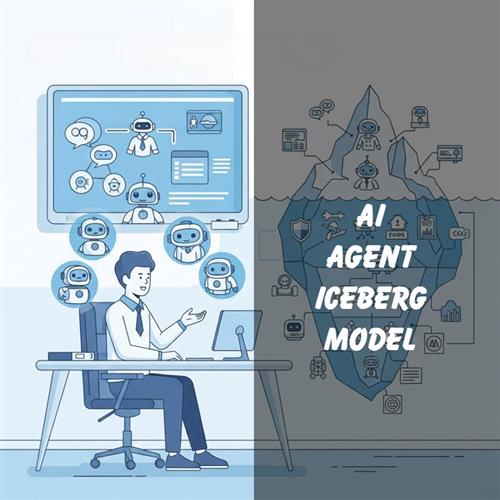
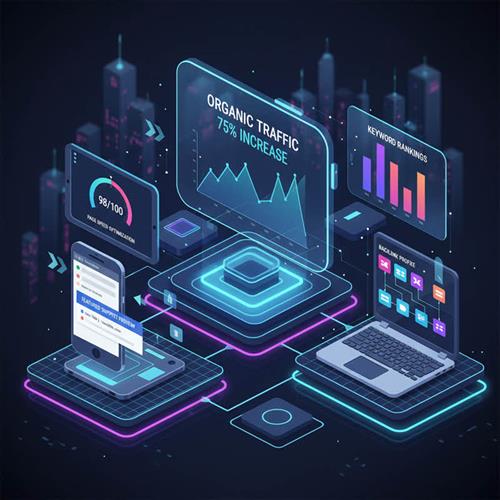
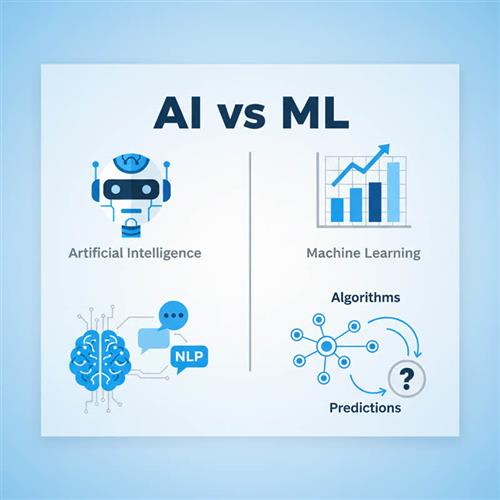
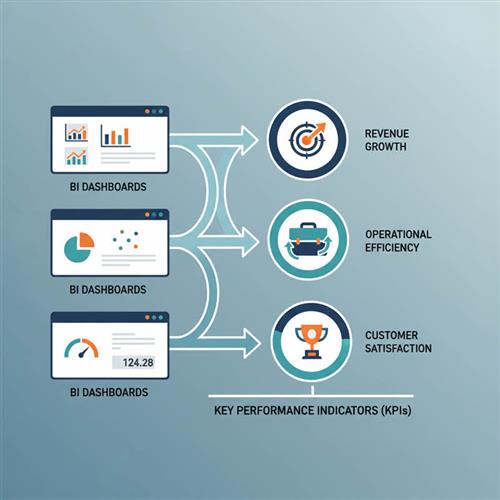
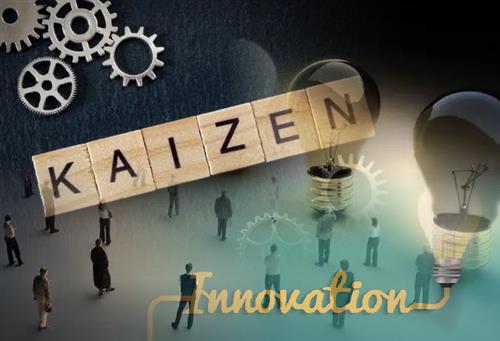





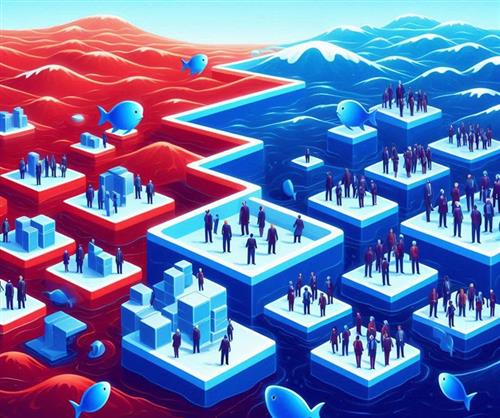

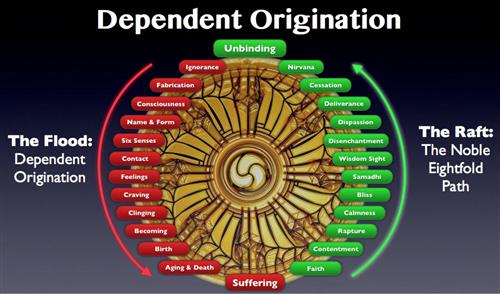

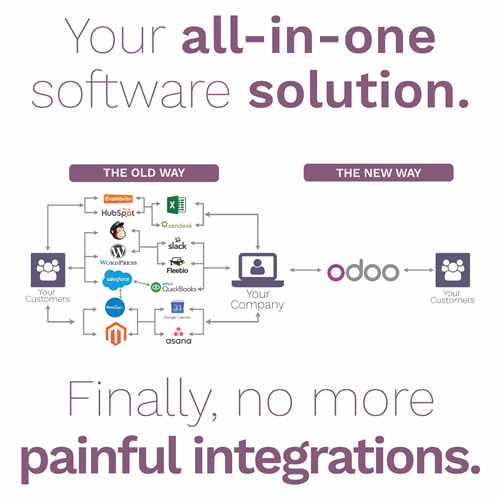
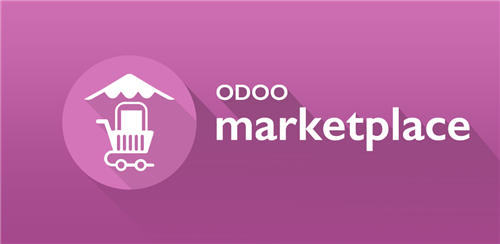



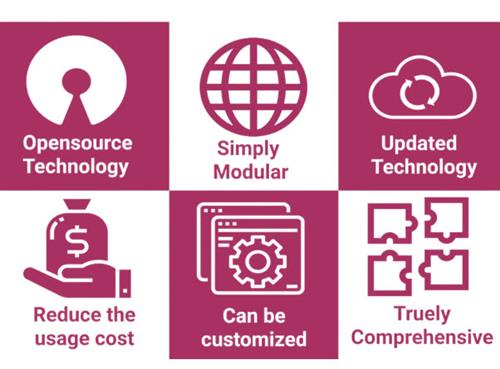

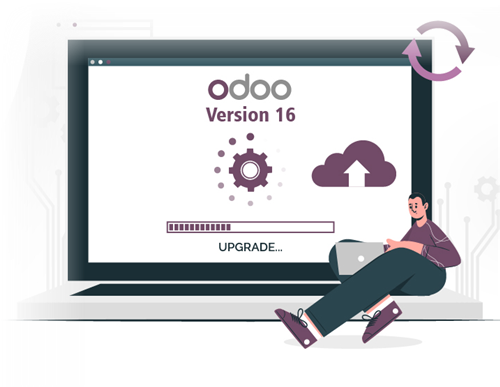
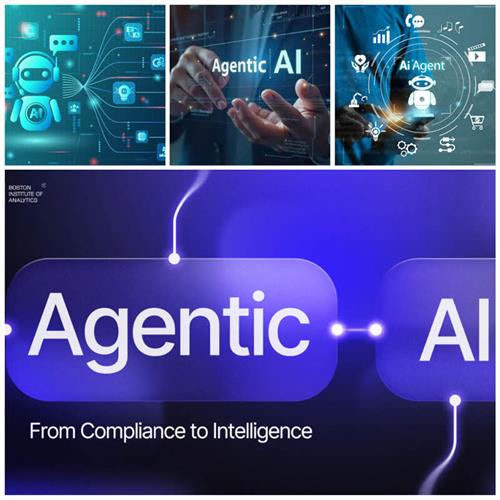
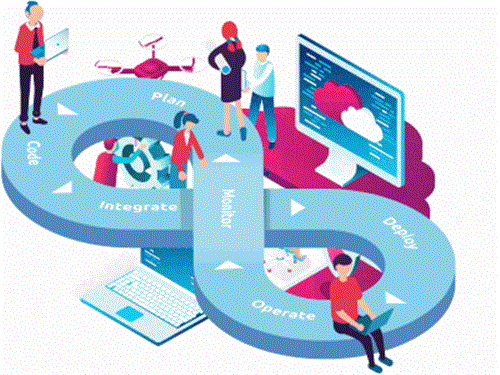










 Recently Updated News
Recently Updated News
